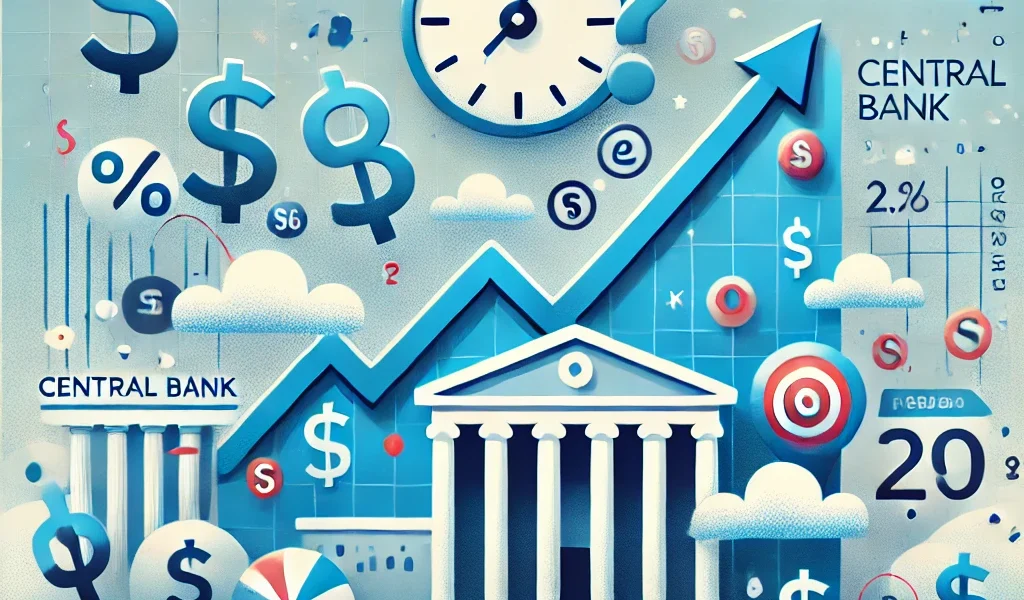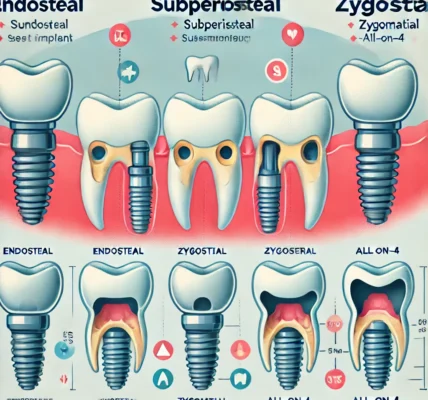How Long Will Interest Rates Stay High?
Interest rates are a key element in any economy, influencing everything from the cost of borrowing money to the performance of financial markets. Over the past few years, central banks around the world have implemented policies that have led to higher interest rates in response to inflationary pressures. This has sparked a common question among businesses, consumers, and investors alike: How long will interest rates stay high?
In this article, we will explore the factors that influence interest rates, the current economic landscape, and the possible scenarios for how long these elevated rates might persist.
Table of Contents
- Why Are Interest Rates High Right Now?
- Factors That Influence Interest Rates
- Economic Indicators to Watch
- Central Bank Policies and Their Impact
- Possible Scenarios for Future Interest Rates
- What High Interest Rates Mean for Borrowers and Investors
- Conclusion
Why Are Interest Rates High Right Now?
Interest rates have been on the rise globally due to a number of factors, with inflation being the most prominent. In the wake of the COVID-19 pandemic, economies around the world were flooded with fiscal stimulus measures designed to cushion the financial impact on households and businesses. However, as demand surged and supply chains struggled to keep up, inflation began to rise.
To combat rising inflation, central banks such as the U.S. Federal Reserve, the European Central Bank, and the Bank of England raised interest rates. Higher rates help reduce demand by making borrowing more expensive, which in turn is designed to slow down economic activity and bring inflation under control.
In summary, the current high interest rate environment is a direct response to inflationary pressures and economic imbalances, which have led policymakers to take action.
Factors That Influence Interest Rates
Several key factors influence how long interest rates stay elevated. These include:
- Inflation: Central banks often raise rates to counteract inflation. As long as inflation remains above target levels, high interest rates are likely to persist.
- Economic Growth: Strong economic growth can support higher interest rates because it often leads to higher inflation and demand for credit. If growth slows significantly, central banks may lower rates to stimulate the economy.
- Labor Market Conditions: A strong labor market, with low unemployment and rising wages, can fuel inflation. Central banks may keep rates high until they see signs of cooling in labor markets.
- Global Economic Trends: International factors such as commodity prices, global trade disruptions, and geopolitical tensions can affect inflation and interest rates. If inflationary pressures ease globally, rates could begin to fall.
- Monetary Policy Stance: The approach of central banks toward inflation targets and economic stability plays a major role in interest rate decisions. A more aggressive stance on inflation will likely lead to prolonged higher rates.
Economic Indicators to Watch
To gauge how long interest rates will stay high, it’s important to monitor certain economic indicators that central banks pay close attention to:
- Inflation Data: Inflation figures, such as the Consumer Price Index (CPI) and the Producer Price Index (PPI), are leading indicators of whether inflationary pressures are easing or continuing to rise.
- Gross Domestic Product (GDP): GDP growth rates indicate the overall health of an economy. A slowing GDP could prompt central banks to reconsider keeping rates elevated.
- Employment Figures: High employment and wage growth can signal inflationary risks. Central banks monitor these trends closely.
- Consumer Spending: As higher rates make borrowing more expensive, consumer spending patterns may change, affecting economic growth. Lower spending could trigger a shift in rate policy.
By keeping an eye on these indicators, we can get a clearer picture of how long central banks may maintain higher rates.
Central Bank Policies and Their Impact
Central banks, such as the Federal Reserve (Fed) in the U.S., play a pivotal role in determining interest rates. Their policies are designed to balance economic growth with inflation control. Here are key points to consider regarding central bank policies:
Federal Reserve’s Role
The Federal Reserve raised rates several times in 2022 and 2023, signaling a commitment to bringing inflation down to its 2% target. The Fed has indicated that it will keep rates elevated until inflation shows sustained declines.
European Central Bank (ECB)
The ECB has also raised rates aggressively in response to inflation pressures in the eurozone, primarily driven by energy price shocks and supply chain disruptions. Like the Fed, the ECB remains cautious and is expected to maintain higher rates until inflation moderates.
Other Central Banks
Similar actions have been taken by other central banks around the world, including the Bank of England, the Bank of Canada, and the Reserve Bank of Australia. These institutions are working to strike a balance between controlling inflation and avoiding economic recession.
Possible Scenarios for Future Interest Rates
Scenario 1: A Gradual Decline in Rates
If inflation starts to cool off and supply chain issues resolve, central banks may begin to ease interest rates gradually. This scenario would likely occur if:
- Inflation falls significantly and approaches central bank targets.
- Economic growth slows, requiring central banks to lower rates to stimulate activity.
- Geopolitical tensions ease, leading to more stable global markets and lower commodity prices.
Scenario 2: Prolonged High Rates
Interest rates may stay high for an extended period if inflation proves to be more persistent than expected. Factors that could contribute to prolonged high rates include:
- Sticky inflation, driven by ongoing supply chain disruptions or high energy prices.
- Wage growth outpacing productivity, leading to higher costs for businesses.
- Global economic instability, such as prolonged geopolitical conflicts or trade restrictions.
Scenario 3: A Rapid Shift
There is also a possibility that central banks may be forced to lower rates quickly if economic conditions deteriorate sharply. A severe economic downturn or financial crisis could prompt central banks to reverse course and lower rates to support growth and avoid deflation.
What High Interest Rates Mean for Borrowers and Investors
The persistence of high interest rates has significant implications for both borrowers and investors. Understanding these impacts can help you navigate the economic environment more effectively.
Borrowers
- Higher Cost of Borrowing: Mortgage rates, car loans, and personal loans become more expensive, which can reduce borrowing and spending. This can slow down the housing market and consumer spending.
- Debt Servicing Costs: Businesses with variable-rate loans may see higher interest payments, affecting their cash flow and profitability.
Investors
- Bond Markets: High interest rates often lead to lower bond prices, but new bonds may offer higher yields, making them attractive to income-focused investors.
- Stock Markets: Higher rates can reduce corporate profits due to increased borrowing costs, potentially leading to lower stock market performance, particularly for growth stocks.
- Real Estate: Elevated rates can lead to a slowdown in real estate markets as borrowing becomes more expensive, reducing demand for properties.
Conclusion
The duration of high interest rates depends largely on the trajectory of inflation, economic growth, and central bank policies. While it’s difficult to predict precisely how long rates will remain elevated, closely monitoring inflation trends, economic indicators, and central bank signals can provide valuable insights.
Whether rates will fall gradually, remain high, or shift rapidly in response to economic shocks, it’s important for businesses, consumers, and investors to stay informed and adapt to the evolving financial landscape.




